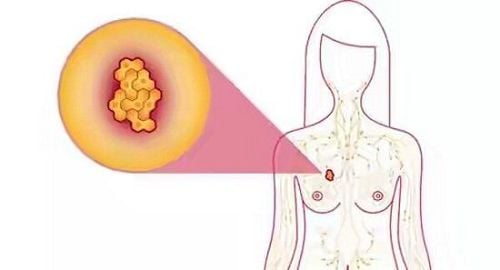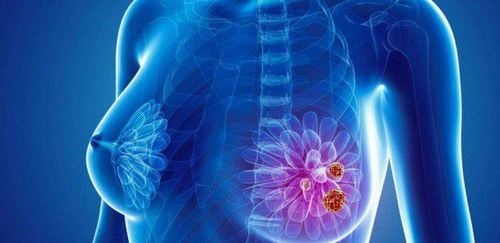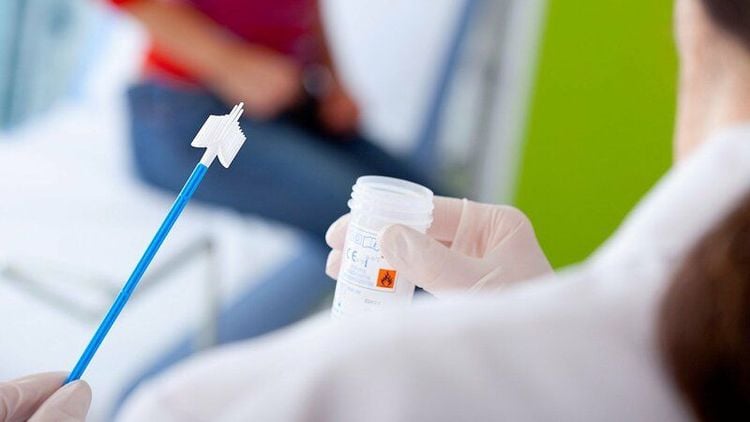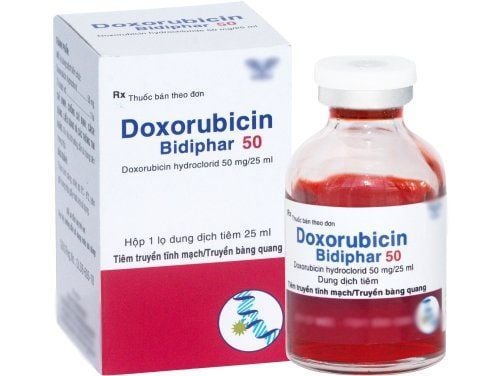This is an automatically translated article.
Breast cancer is one of the leading causes of death in women. However, at present, the disease can be completely cured through surgical methods, including surgical removal of the cyst. This method of treating mammary gland cysts helps patients to remove breast tumors, while increasing the likelihood of successful cancer treatment and prolonging the patient's life.
1. What is cystectomy?
Cystectomy is a type of surgery commonly used for breast cancer that removes cancer or other abnormal tissue from your breast. Cystectomy is also known as breast-conserving surgery, partial mastectomy, or excisional biopsy. Unlike traditional mastectomy, cystectomy only focuses on removing the tumor and some surrounding breast tissue, not removing the patient's entire breast.
Trắc nghiệm: Những lầm tưởng và sự thật về ung thư vú
Ung thư vú có tỷ lệ tử vong cao nhất ở nữ giới khiến họ rất lo sợ bản thân mắc phải căn bệnh này. Tuy nhiên, không ít chị em có những hiểu biết thái quá về ung thư vú. Thử sức cùng bài trắc nghiệm sau sẽ giúp bạn loại bỏ được những nghi ngờ không đúng về căn bệnh này.
Bài dịch từ: webmd.com
2. Who gets cyst removal surgery?
Cystectomy is usually indicated for women who have the following conditions:
Have a small tumor less than 5 cm in diameter; Sufficient amount of tissue to remove surrounding breast tissue to avoid breast deflection; Medically, the patient may receive surgery or radiation treatment.

In addition, cystectomy may not be appropriate if you have the following problems:
Scleroderma: this is a condition that can cause tissues to harden, making it difficult for the incisions to heal after surgery. art. Lupus: is an inflammatory condition, and it will get worse if you have radiation treatment Have had radiation treatment to the breast. This makes surgical removal of the cyst more risky. Cancer has spread throughout the breast tissue and the skin above the breast. Cystectomy in this case cannot completely remove the tumor. There are large tumors and small breasts. There are two or more tumors in different parts of the breast that surgery cannot remove through just one cut. Having more than one cut will make your breasts look weirder after the tumor is removed. Failure to respond to radiation therapy.
3. Radiation therapy combined with cystectomy
In certain cases, the doctor may ask the patient to perform a combination of cystectomy along with radiation therapy. Many studies have shown that the combination of these two methods improves the prognosis of people with breast cancer, as well as for patients who have had a total mastectomy. In addition, you also get better cosmetic results when surgery only removes less breast tissue.
However, cystectomy along with radiation therapy is not an ideal option for women with the following conditions:
Multiple breast lumps; Have a very large tumor, or cancer has spread to the lymph nodes and other tissues around the breast; Have had radiation therapy to the same breast to treat breast cancer earlier;

Pregnant; The tumor site is difficult to reach, or to remove enough surrounding tissue.
4. What can you expect from cystectomy?
Before performing cystectomy, the doctor usually gives the patient the following information:
Specific instructions for the patient in the days before surgery. Give an overview of surgical procedures. Provides information on postoperative recovery and follow-up care. Cystectomy usually takes about 1-2 hours. During surgery, the doctor will use small metal clips inside the patient's breast to help them find the exact area of the tumor that needs to be removed.
In addition, your doctor may also check your lymph nodes during surgery. For a sentinel node biopsy, a radioactive tracer or blue dye is injected into the area around the breast lump. These substances will travel in the same way that cancer cells do. This helps the doctor spot any lymph nodes that need to be taken for more specific testing.
The removed breast tissue or lymph nodes will be taken to a laboratory where tests will help determine the type of tumor, whether the disease has spread to the lymph nodes and whether the cancer has spread. stimulated by hormones or not.
Several other tests may also be done to find the best treatment for the patient. It usually takes a few days to determine the exact type of tumor, and specific test results.

5. Complications and side effects of cystectomy
Here are some possible complications after cystectomy, including:
Swelling in the arm or hand (lymphedema); Accumulation of fluid under the skin; Red, or infected skin; Bleed ; Hurt; Hard scar tissue at the surgical site; Changes in the shape and appearance of the breast. Breast cancer is the most dangerous disease for women, causing many serious complications, if detected late, it will endanger the patient's life. The best way to protect breast health is to have regular breast cancer screenings, helping to detect the disease even when there are no symptoms.
At Vinmec International General Hospital, there is a Breast Cancer Screening Package, which helps customers screen and detect breast cancer early even when there are no symptoms. When registering for the Breast Cancer Screening Package, customers will receive:
Examination and consultation with an oncologist. Breast cancer screening by bilateral breast ultrasound and mammogram. Vinmec has become a prestigious address in breast cancer screening with:
A team of highly qualified and experienced doctors. Comprehensive professional cooperation with domestic and international hospitals: Singapore, Japan, USA, .. Comprehensive treatment and care, multi-specialty coordination towards individualizing each patient. Having a full range of specialized facilities for diagnosis and staging before treatment: Endoscopy, CT scan, PET-CT scan, MRI, histopathological diagnosis, gene-cell testing, .. There are full range of main cancer treatment methods: surgery, radiation therapy, chemotherapy, stem cell transplant... To register for examination and treatment at Vinmec International General Hospital, you are welcome. Please make an appointment on the website to be served.
Reference source: webmd.com
Please dial HOTLINE for more information or register for an appointment HERE. Download MyVinmec app to make appointments faster and to manage your bookings easily.













